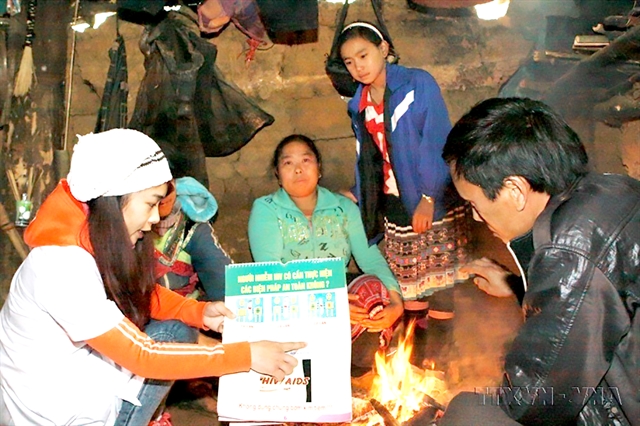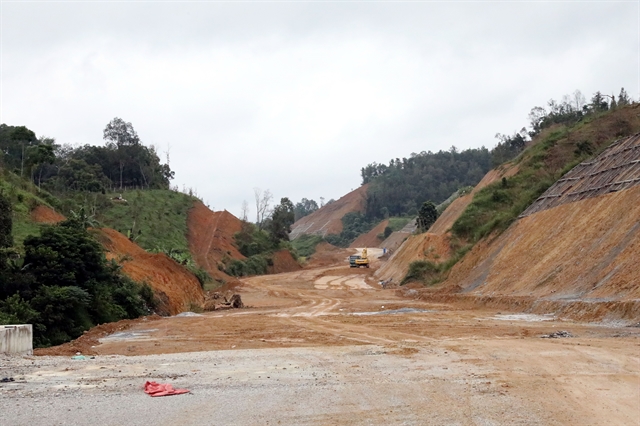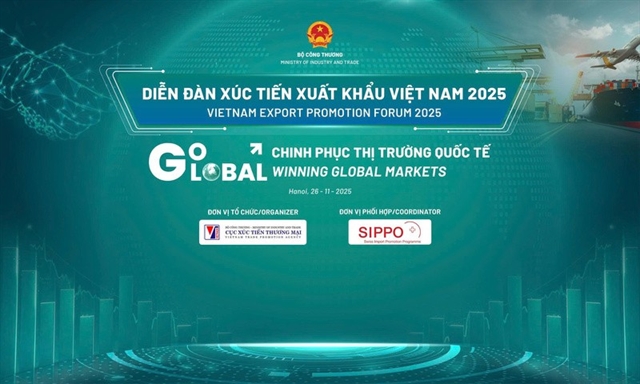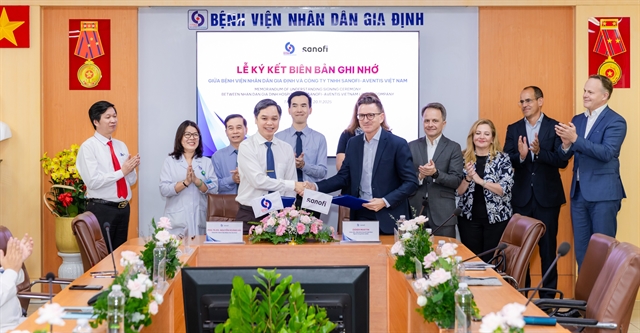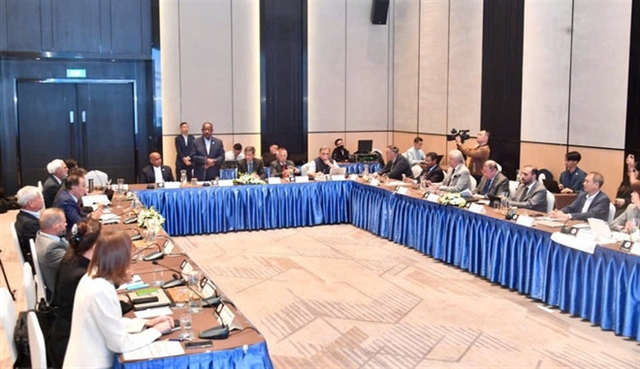 Sports
Sports
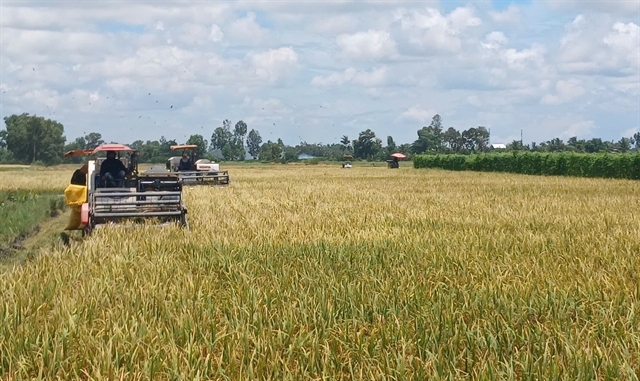
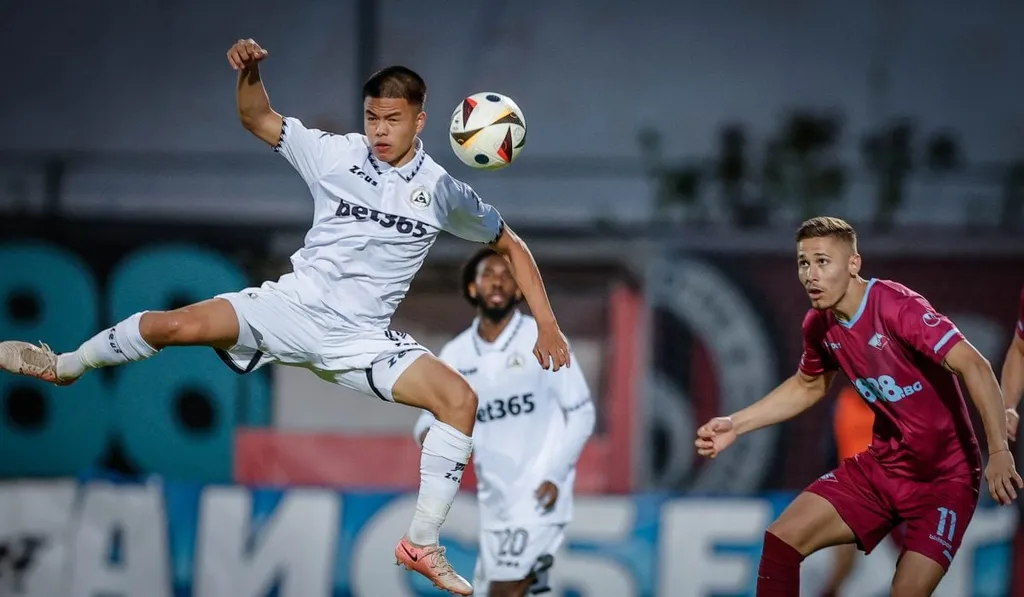 |
| Nguyễn Đỗ Thành Chung (alias Chung Nguyen Do), seen here playing for Slavia Sofia, is the rising overseas Vietnamese star that might kick off a reformation of the V.League. — Photo courtesy of Temma Sport |
Anh Đức
For viewers of the V.League, take note: the league will feel a little bit different next season. To reference a famous quote from the movie The Wizard of Oz, I don't think we're in Kansas anymore.
Vietnamese football is witnessing a surge of overseas Vietnamese talent heading back to V.League 1 ahead of the 2025–2026 season. These players, trained in European or North American systems and often full professionals from well‑run academies, are returning in greater numbers and quality than ever before seen.
Lao Động (Labour) newspaper reports that while the 2024–2025 season included just nine such players across seven clubs, the upcoming campaign looks set to feature a richer crop thanks to relaxed eligibility rules and the rising attractiveness of domestic contracts.
What makes this return more promising is not simply the head count, but the rising standard of recruits.
One name already bubbling to the surface is Nguyễn Đỗ Thành Chung, a 20-year-old defensive midfielder who has been playing regularly for Slavia Sofia in Bulgaria, and has even been called up to Bulgaria's youth national teams.
Chung, a tenacious and hard-working midfielder often compared to N'golo Kante, was even scouted by the famous Barcelona FC during his youth, though a deal never materialised.
According to BongdaPlus, Chung is now in negotiations with one or two V.League clubs for a move this off‑season, and could be eligible to represent the national U23 side at the 33rd SEA Games thanks to his Vietnamese citizenship.
VFF’s decision to allow two overseas Vietnamese players per team (not counted against foreign slots) from 2025‑2026 makes recruiting heritage talent more attractive. Meanwhile, a boost in club revenues and modest salary increases have made domestic moves more competitive with lower‑tier European offers. Together, these shifts help explain why the V.League is no longer merely a staging post — it’s becoming a destination.
Top clubs are already evaluating overseas Vietnamese signings as a tactic to raise standards rapidly. Bringing European-style pressing, spatial awareness and defensive discipline into V.League training sessions forces local players to step up or lose their place.
Some clubs see a chance not only to lift their squad performance, but also create an asset model — if a player adapts, is thrust into the spotlight, then commands a transfer fee to Thailand, South Korea or beyond, that’s a profitable cycle rarely seen in domestic football before.
There are, of course, real obstacles. First of all, adaptation is not guaranteed. A technically superior heritage talent may still struggle with Việt Nam’s climate, travel fatigue, demanding fan expectations and tactical intensity.
National team implications also matter. Adding heritage players must be handled sensitively to avoid locker-room friction with home-grown regulars. Selection must feel merit-based, not symbolic. Coaches need transparent criteria and communication to walk the line between raising quality and preserving squad harmony.
The 2025–2026 season is more than another campaign; it’s a test of whether recruitment of diasporic Vietnamese players can evolve from novelty to a strategic tool. If clubs treat these returnees as investments — supported, nurtured and challenged — the ripple effect could be lasting. But if they remain fringe figures or marketing shouts, the true potential will fade. — VNS

